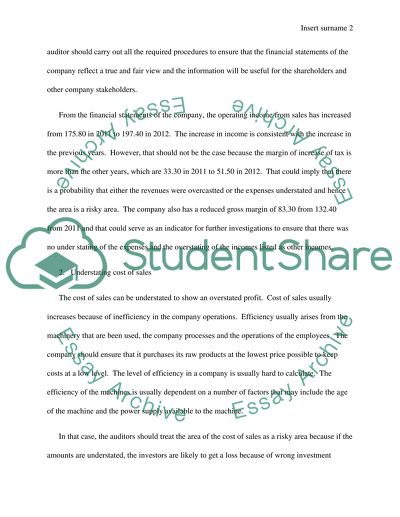Cite this document
(“Auditing Case Study Example | Topics and Well Written Essays - 1750 words”, n.d.)
Auditing Case Study Example | Topics and Well Written Essays - 1750 words. Retrieved from https://studentshare.org/finance-accounting/1471202-auditing
Auditing Case Study Example | Topics and Well Written Essays - 1750 words. Retrieved from https://studentshare.org/finance-accounting/1471202-auditing
(Auditing Case Study Example | Topics and Well Written Essays - 1750 Words)
Auditing Case Study Example | Topics and Well Written Essays - 1750 Words. https://studentshare.org/finance-accounting/1471202-auditing.
Auditing Case Study Example | Topics and Well Written Essays - 1750 Words. https://studentshare.org/finance-accounting/1471202-auditing.
“Auditing Case Study Example | Topics and Well Written Essays - 1750 Words”, n.d. https://studentshare.org/finance-accounting/1471202-auditing.


